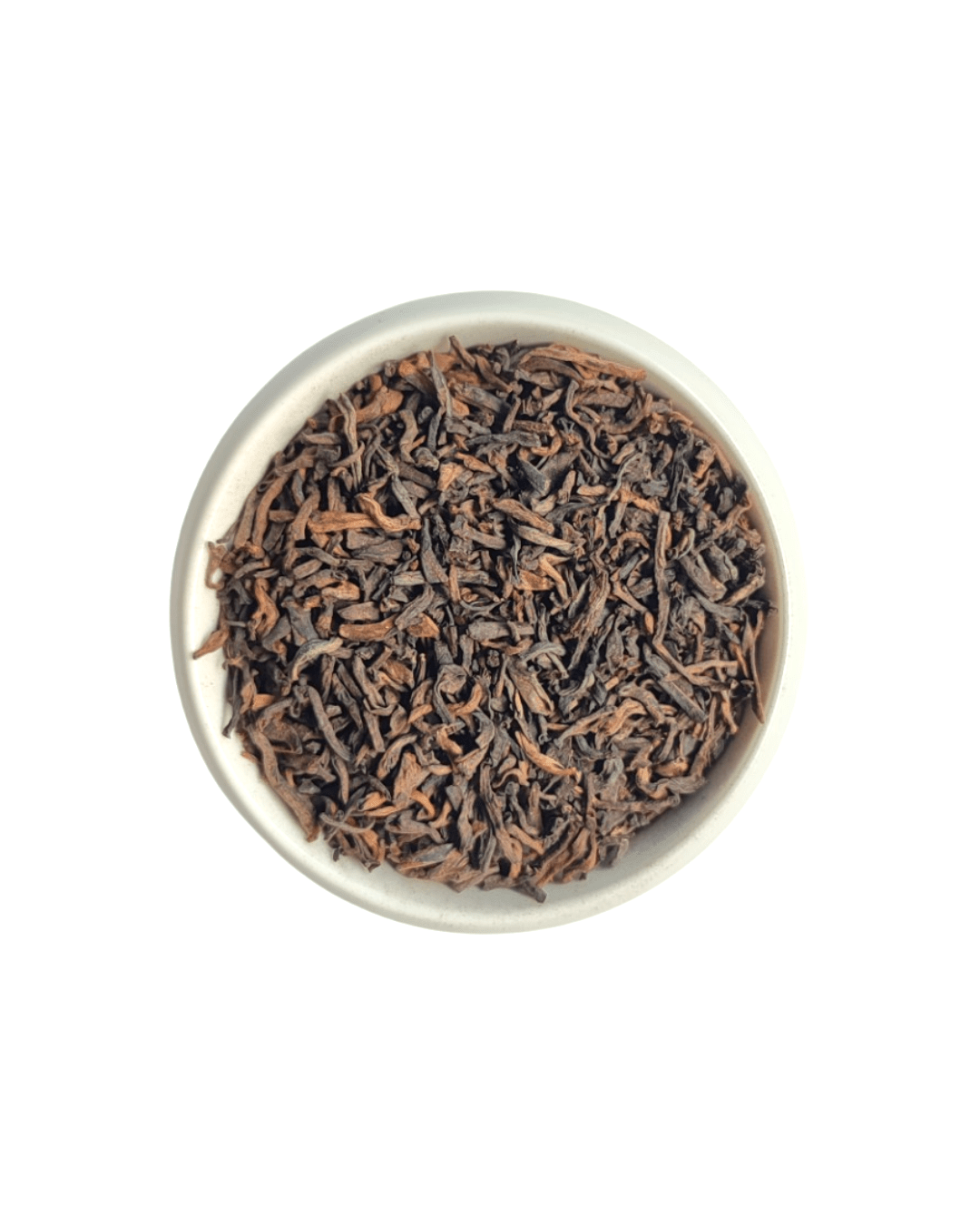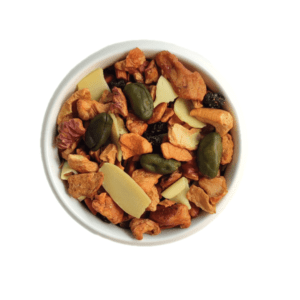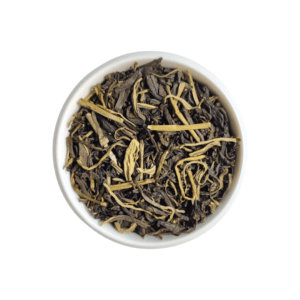Description
Fermented tea
Fermented tea is traditionally produced in Yunnan Province, China. His microbial fermentation process makes it different from other tea varieties. It undergoes controlled microbial fermentation, due to a process called “wet piling”. This piling is applied after the tea leaves have been sufficiently dried and rolled. Therefore, producing a tea known as “black- dark tea“.
Black tea that we know of and this black/dark tea are not the same. What we know as black tea, in China is red tea. And Pu erh is black/dark tea.
Most teas, although described as fermented, are actually oxidized. Pu erh is fermented by molds, bacteria and yeasts on the harvested leaves, and thus is truly fermented.
Sheng Cha and Shou Cha
Pu-erh traditionally begins as a raw product known as “rough” Mao Cha. They sell it in this form also. Or its pressed and sold as “raw” Sheng Cha. Both of these forms then undergo the complex process of gradual fermentation and maturation with time.
The other form of Pu erh tea is the on made with accelerated fermentation. In the end we get “ripe” Shou Cha. Which can be in loose or pressed form. We get ripe pu erh by “wet piling”. This process involves piling, dampening, and turning the tea leaves. This is important for even fermentation
The bacterial and fungal cultures in the piles can vary from factory to factory. It can be multiple strains of Aspergillus spp., Penicillium spp., yeasts, and a wide range of other microflora.
Ripe Pu erh can be consumed without further aging. And you can also store it to “air out” some of the flavors and aromas acquired during fermentation. Shou Cha can as well as the Sheng cha, be in loose or pressed form.
In Chinese medicine, they use it for its therapeutic effects. It can affect the reduction of cholesterol, fat deposits and helps with digestion.
- Country of origin: China
PREPARATION
3 g (cca. flat tablespoon )
95ºC
2-3min













